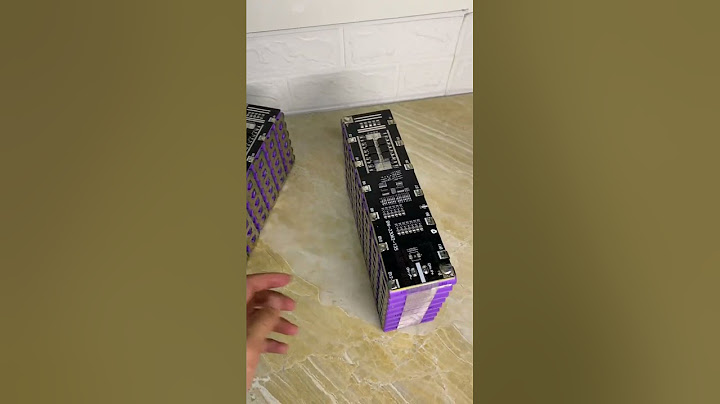This has been under my radar for a good two years and what are the odds that this very camera was up for sale not far from my neighbourhood? Yashica’s Super 2000 was introduced in 1986 and is the final iteration to the FX-3 series which was known for their reliability. Show My loot’s nothing to shout about but what's most thrilling is the gateway to Carl Zeiss lenses. The condition of this 2000 is exceptionally good for something that’s thirty years of age with minimal scuff and rust. After all that time, its metal chassis suffering from no flex is a remarkable feat. PRO Access to Carl Zeiss glass Battery not required Compact footprint CON Viewfinder information SPECIFICATION 35mm SLR Contax Yashica mount 445 grams From RM 600 A$200  Shutter fires mechanically from bulb to two-thousandth of a second while two LR44 batteries are required only to power its light meter making the Yashica FX-3 a doom’s day cameras. Sadly the battery door is jammed so it will be good ol’ sunny 16 or Lux app. Even if it were working, the manner exposure information is presented in viewfinder isn’t of much help. Its 92% coverage viewfinder is clear, bright which helps in nailing focus. Use the FX-3’s dial, switch, knob, crank and lever with care as they don’t feel like hanging on forever.  Although these have been around for decades, aperture operation is tactile while focus ring is nicely damped. More so on MC Zoom 35-70 mm f/3.5-4.5 whereby push and pull to zoom mechanism still is fluid. An older design and higher cosmetic wear on the DSB 50 mm f/1.9 could be a contributing factor to being less effortless. Rubber material on the focusing ring doesn’t feel sticky along with an all metal construction does make a difference in keeping these things alive to this date.  The same cannot be said for non-native lenses even though they also are made of metal down to their mounts with that being said, the difference isn’t day and night. Feedback from Kiron 28 mm f/2.8’s aperture click isn’t as satisfying while the focus ring on the Sigma Z 135 mm f/2.8 Pantel is loose and throw is long. At least it makes up with an intelligent built-in hood. Despite not costing much, these lenses deliver in the optical department with decent contrast and out of focus blur.  Shooting film as always is a lot of fun although taking a light reading on the phone then selecting the shutter speed, the aperture, adjust for focus and finally clicking the shutter is a lot to do as I tend to miss out on changing the shutter. After a few misses, the fun started to set in. Winding the lever and firing its mechanical shutter is so rewarding yet doesn’t get old. Once thirty-six exposures or so are done, rewinding the delicate crank on the FX-3 further adds to the fun. Moreover, the possibility where things may go wrong could very well be the contributing factor to fun but what’s more important is that the input required teaches a lot on the fundamentals of picture making.  All in all, reasons to get a vintage lens could be accessibility, video work or build quality but if you’re splurging, the latest and greatest is better for corner to corner performance. Should you have no interest in film photography, a full frame sensor to go with proper glass will serve you just as well or better. As for this FX-3 Super 2000, it delivers like any other 35mm SLR and isn't a common sight today make things that bit more special. When did the Yashica FXThe Super 2000 model, named after its maximum shutter speed, was the third iteration of the Fx series and came out around 1986. By this point Yashica had been purchased by Kyocera. The first models of the Fx3 appeared in 1979 as entry level 35mm cameras. What is the difference between Yashica FXThe FX-3 was available only in black, though there was also an otherwise identical FX-7 model that came in a chrome finish. In 1984 the FX-3 was replaced by the FX-3 Super, that added a vestigial grip to the body, a flash-ready indicator in the finder, and moved the meter switch to the shutter release button. What lenses fit Yashica FXThat means the FX-3 can use Carl Zeiss lenses, which is a big advantage! The Yashica FX-3 is regarded as a great camera. It's simple, easy to use, and has great lenses. When was the Yashica FX D quartz made?For 1979-80, the Zeiss-Yashica partnership introduced three new advanced-amateur 35mm film cameras for its C/Y lens mount: the Contax 139 Quartz, the Contax 137 MD, and the Yashica FX-D. The 139 was a completely new product, representing Contax's attempt to slot a camera under its 1975 flagship, the RTS. |




















